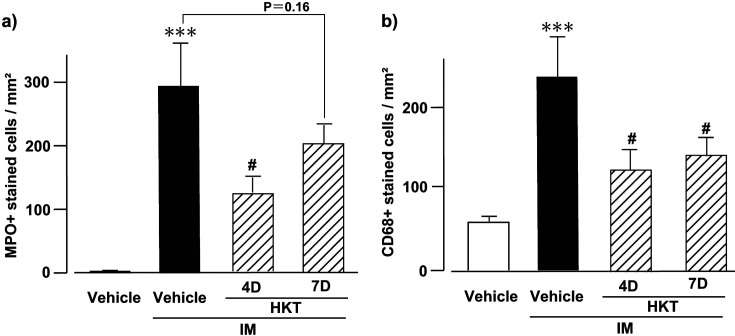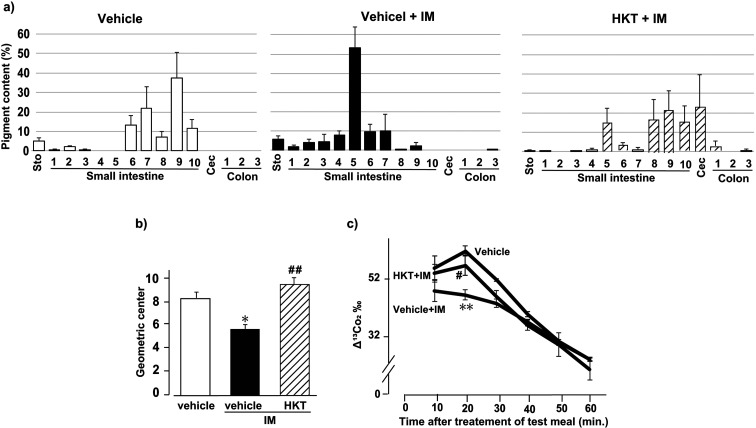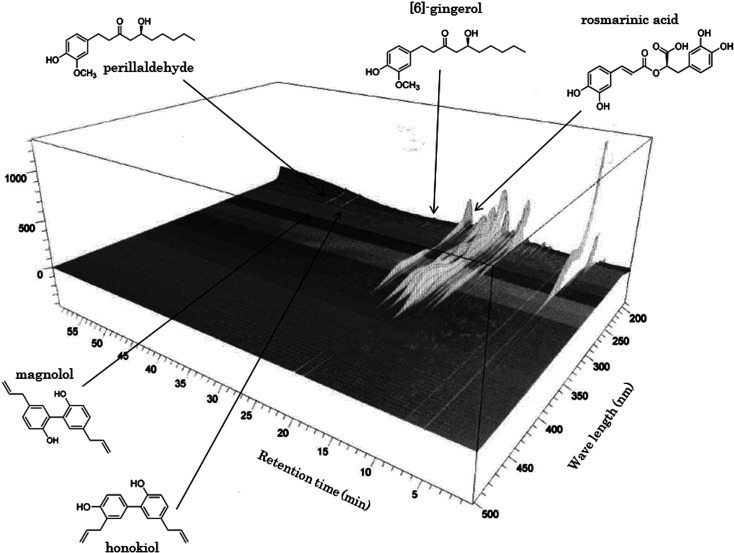Hangekobokuto, a traditional Japanese herbal medicine, ameliorates postoperative ileus through its anti-inflammatory action.
Q3 Medicine
引用次数: 2
Abstract
Background/Aims: Gastroprokinetic agents are used for patients with postoperative ileus (POI), and the Japanese traditional herbal medicine daikenchuto (DKT) is one such agent used in the clinical setting. POI is caused by inflammation. DKT and rikkunshito have anti-inflammatory abilities in addition to their gastroprokinetic effects. The efficacy of Kampo formulations, including hangekobokuto (HKT), in patients with POI has been reported recently. Several authors have described the efficacy of honokiol, the primary component of Magnoliae Cortex, in HKT in mouse models of POI. We therefore analyzed the effect of HKT on POI model mice to determine the similarities in the mechanism of action between HKT and DKT. Methods: HKT was administered orally to each mouse before and after intestinal manipulation was performed on the distal ileum. The gastrointestinal transit in vivo, leukocyte infiltration, and levels of inflammatory mediators, such as cytokines and chemokines, were analyzed. Results: HKT significantly inhibited the infiltration of neutrophils and macrophages and led to the recovery of delayed intestinal transit. In addition, it significantly decreased inducible nitric oxide synthase (iNOS) as well as honokiol levels, suggesting anti-inflammatory activity. However, it did not inhibit the increase in levels of interleukin (IL)-1beta and IL-6, which are related to iNOS induction. In contrast, HKT increased levels of nerve growth factor (NGF) and suppressed those of nuclear factor-κB (NFκB), which are related to iNOS induction, suggesting the possibility of a neuronal anti-inflammatory mechanism. Conclusions: HKT exerted a POI-relieving effect similar to DKT in a murine POI model, and findings suggest that it may exert its anti-inflammatory activity through NGF.



日本传统中草药韩果保藤通过其抗炎作用改善术后肠梗阻。
背景/目的:胃促动力药物被用于术后肠梗阻(POI)患者,日本传统草药大根藤(DKT)是临床使用的一种此类药物。POI是由炎症引起的。DKT和利坤士除具有促胃运动作用外,还具有抗炎作用。最近报道了包括hangekobokuto (HKT)在内的汉布制剂对POI患者的疗效。几位作者描述了厚朴皮质的主要成分厚朴酚在POI小鼠模型中HKT的功效。因此,我们分析了HKT对POI模型小鼠的影响,以确定HKT和DKT在作用机制上的相似性。方法:小鼠回肠远端操作前后口服HKT。分析了体内胃肠道转运、白细胞浸润和炎症介质(如细胞因子和趋化因子)的水平。结果:HKT显著抑制了中性粒细胞和巨噬细胞的浸润,促进了肠道转运延迟的恢复。此外,它还能显著降低诱导型一氧化氮合酶(iNOS)和厚朴酚水平,提示其抗炎活性。然而,它没有抑制与iNOS诱导有关的白细胞介素(IL)-1 β和IL-6水平的升高。相反,HKT提高了与iNOS诱导相关的神经生长因子(NGF)水平,抑制了核因子-κB (NFκB)水平,提示可能存在神经元抗炎机制。结论:HKT在小鼠POI模型中具有与DKT相似的POI缓解作用,提示其可能通过NGF发挥抗炎作用。
本文章由计算机程序翻译,如有差异,请以英文原文为准。
求助全文
约1分钟内获得全文
求助全文
来源期刊

Journal of Smooth Muscle Research
Biochemistry, Genetics and Molecular Biology-Physiology
CiteScore
2.30
自引率
0.00%
发文量
7
审稿时长
10 weeks
 求助内容:
求助内容: 应助结果提醒方式:
应助结果提醒方式:


